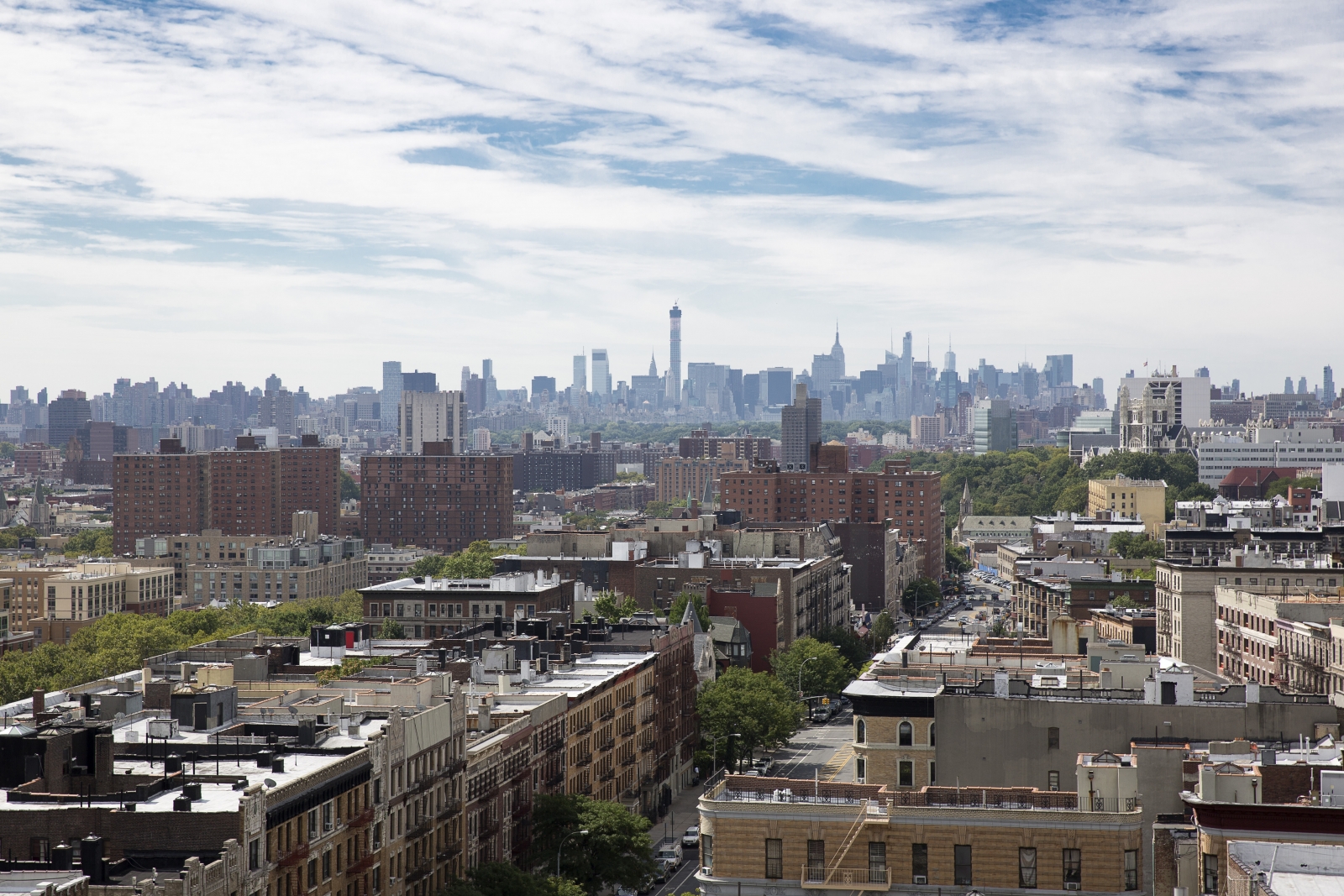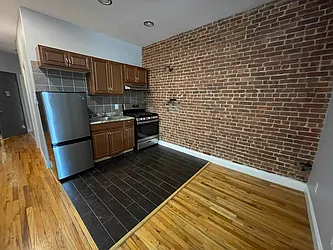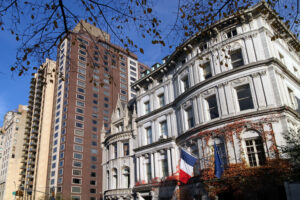New York City explorers will note the presence of two unusual place names in Upper Manhattan, in the vicinity of Harlem and Washington Heights: Sugar Hill and Coogan’s Bluff. But what do these names mean, and what’s the story behind them? As it happens, the tale of these landmarks spans the arts and literature, civil rights and classic-era baseball, as well as plain old topography. Read on for a very brief history of Sugar Hill and Coogan’s Bluff in NYC.
What Is Sugar Hill NYC?
Sugar Hill was so named because it represented the “sweet life” to many uptown African-Americans, who aspired to live in the neighborhood’s then-luxury buildings and spacious apartments. The neighborhood was home to many leading figures of the Harlem Renaissance: Musicians Duke Ellington (who took the A train to get there), Cab Calloway, Paul Robeson, Billy Strayhorn and Count Basie all called the neighborhood home, as did civil rights activists W. E. B. Du Bois, Walter White, Roy Wilkins and the Rev. Adam Clayton Powell, Sr. Other residents included literary giants such as Langston Hughes and Ralph Ellison, and jurist Thurgood Marshall.
Harlem and Washington Heights 1-2BRs Under $2800 Article continues below
Sugar Hill proper lies between West 145th and 155th streets and Amsterdam and Edgecombe avenues. The latter avenue is so called because it runs along the cliff overlooking the Harlem River known as Coogan’s Bluff — “comb” derived from an Old English term signifying “hill.” More on that below.
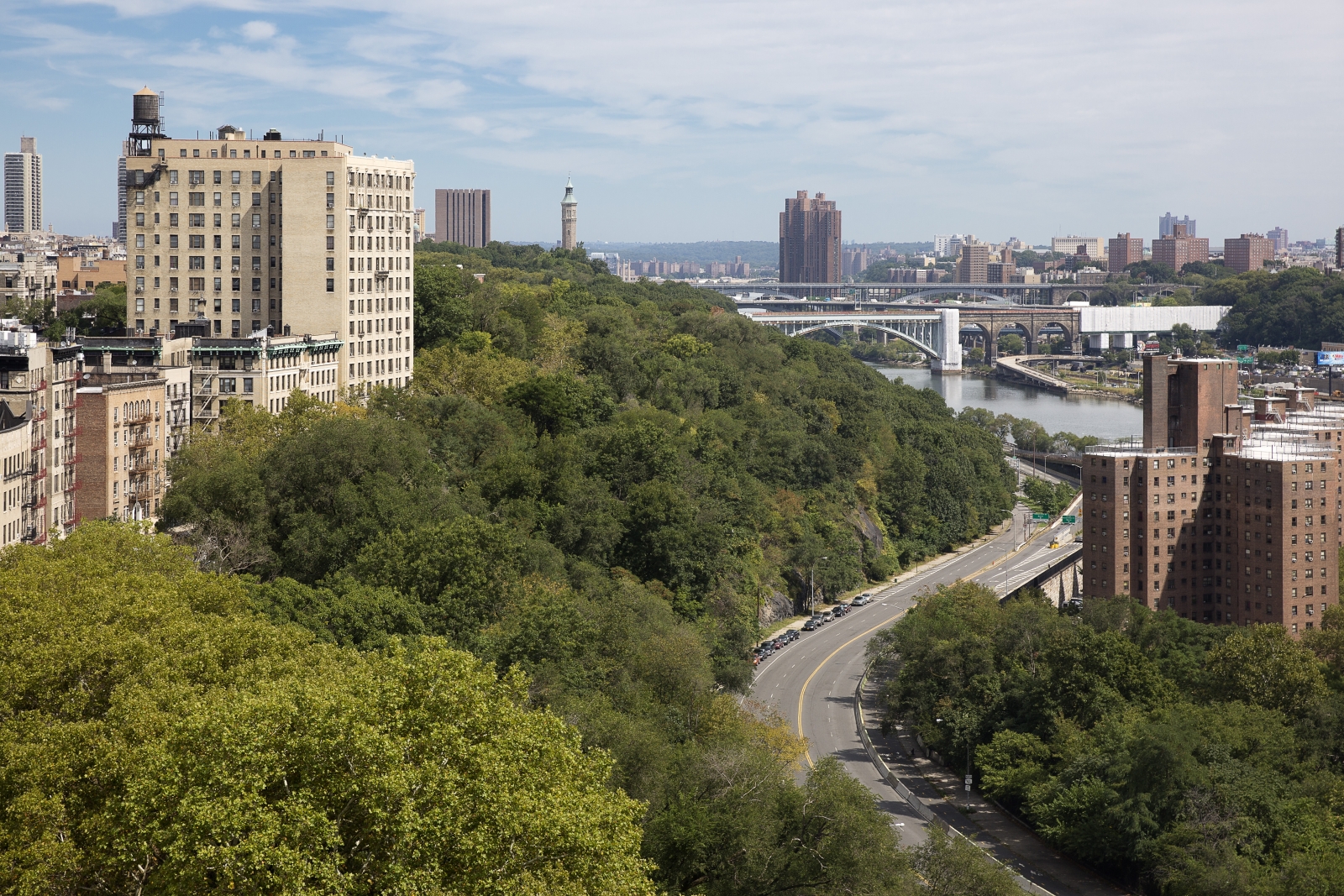
Looking north over Coogan’s Bluff in Upper Manhattan. To the right are the Polo Grounds Houses, on the former site of a major baseball stadium. (Getty Images)
What Is Coogan’s Bluff NYC?
Coogan’s Bluff is the cliff leading down to the Harlem River from Edgecombe Avenue north of West 155th Street. It used to overlook the Polo Grounds, the ballpark home of the New York Giants, and in different eras, a temporary home for both the New York Yankees and New York Mets. The rise is named for James J. Coogan (1845-1915), a real estate owner and one-term Manhattan borough president. Known as “Coogan’s Bluff” as early as 1893, the property passed to his wife upon his death.
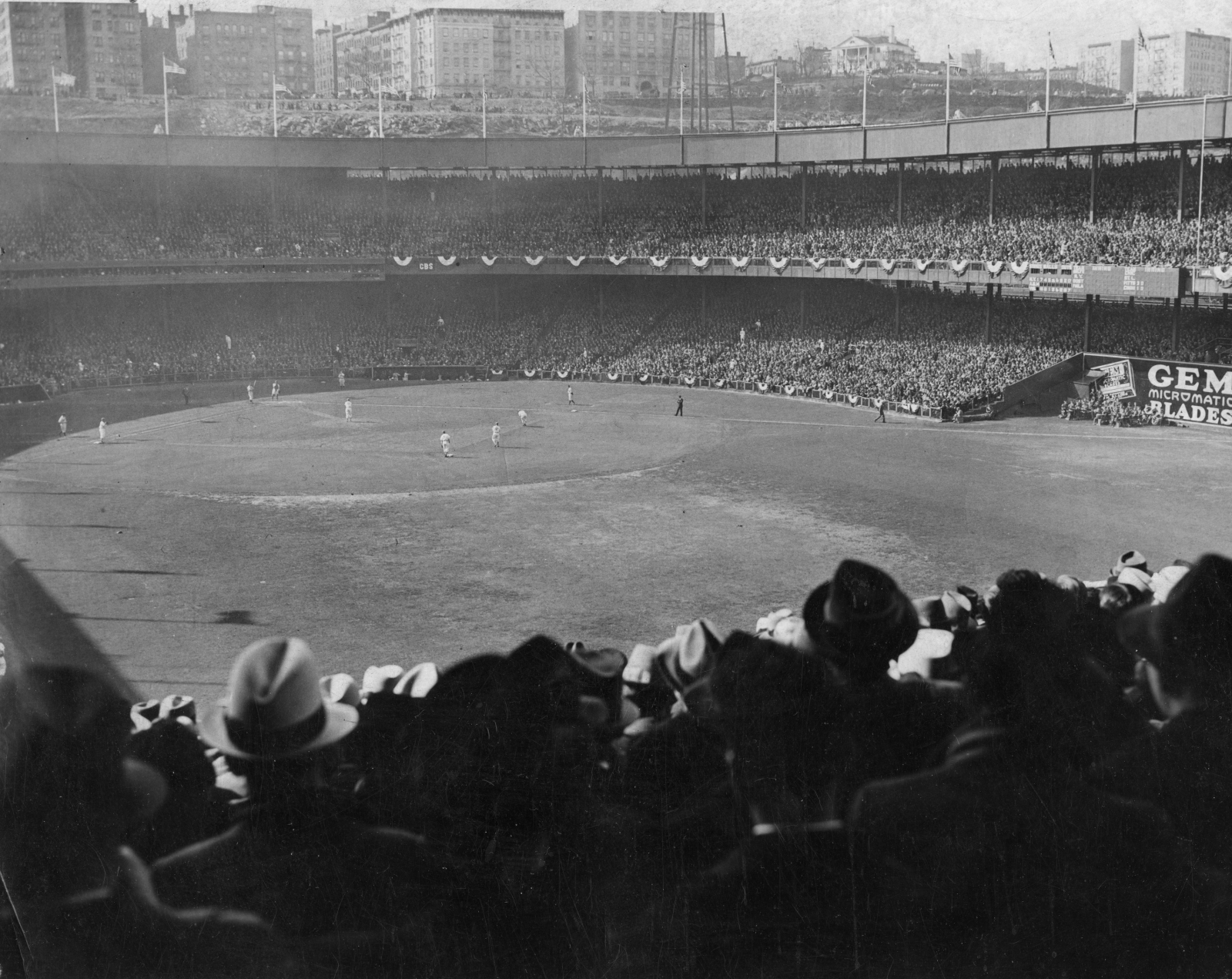
The 1923 World Series at the Polo Grounds, with Coogan’s Bluff in the background. It was the New York Yankees versus the New York Giants. (Transcendental Graphics/Getty Images)
Coogan’s Bluff Playground perpetuates the old name. “Coogan’s Bluff” also became the name of a 1968 Clint Eastwood film about an Arizona lawman in NYC, the inspiration for the “McCloud” TV series.
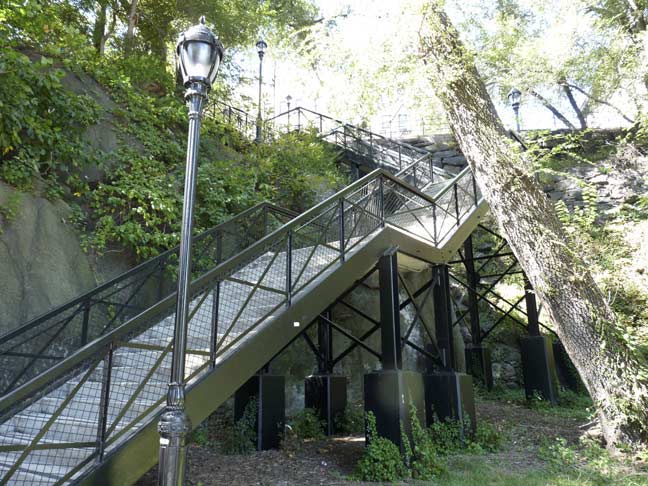
Baseball at the Polo Grounds and the John T. Brush Staircase
The metal staircase at Edgecombe Avenue between West 157th and 158th streets is named for John T. Brush, the former owner of the New York Giants. It was commissioned by Brush’s son-in-law, Harry Hempstead, as a means for Polo Grounds fans to climb the steep escarpment of Coogan’s Bluff up to the neighborhood of Sugar Hill. The staircase remained in place after the Polo Grounds ball field closed, but the city failed to maintain it, and ultimately, it was fenced off and abandoned for decades until it was completely rebuilt.
Homes for Sale in Harlem and Washington Heights Under $800K Article continues below
The restoration took almost two years and was completed in 2013, 50 years after the last baseball game was played at the Polo Grounds. Funds were provided by the NFL’s New York Giants and New York Jets, as well as MLB’s New York Mets, New York Yankees and the San Francisco Giants, all of which had played at the Polo Grounds during their history.
Today, the Brush Staircase descends to, or ascends from, a newly restored park area along the Harlem River Driveway. The Driveway was originally built as a horse trotting course along the Harlem River. The Polo Grounds Houses, which replaced the stadium in the mid-1960s, can be seen beyond the driveway. On a landing, you’ll find a plaque inscribed: “The John T. Brush Staircase, presented by the New York Giants.”
Walking up the staircase, with its two landings and three separate sets of stairs, is quite the workout for those needing cardio.
Kevin Walsh is the webmaster of the award-winning website Forgotten NY, and the author of the books Forgotten New York (HarperCollins, 2006) and also, with the Greater Astoria Historical Society, Forgotten Queens (Arcadia, 2013)
—
Inspired to find your next place in New York? Whether you’re looking to rent or to buy, search NYC apartments on StreetEasy.
